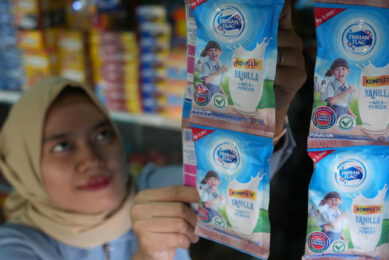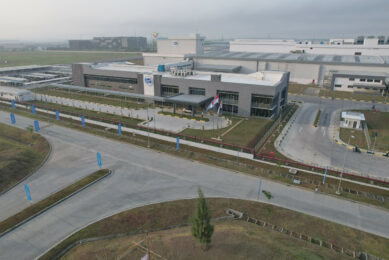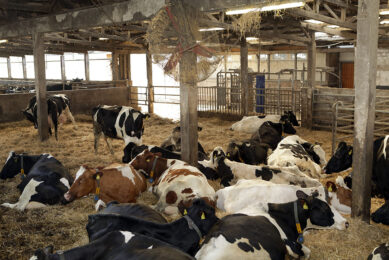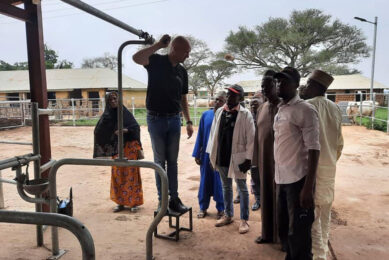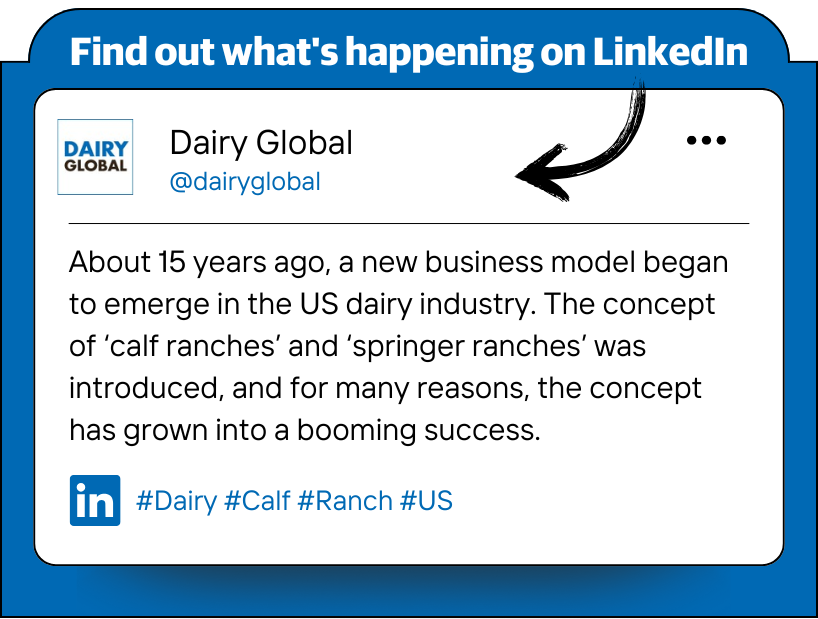Indonesia’s road to higher milk production
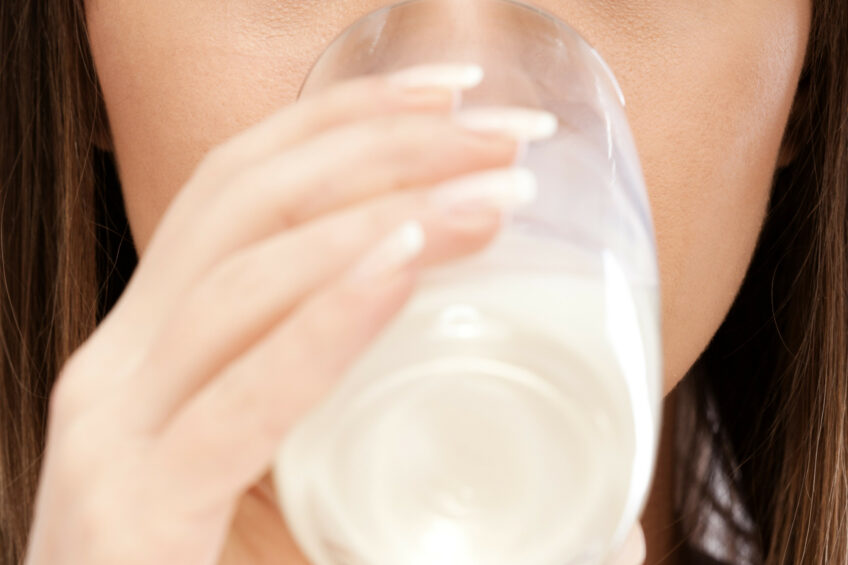
Indonesia is currently committed to significantly increasing its milk production. With the Free Nutritious Meal programme in place, the country is on its way to do just that within 5 years, ensuring that local milk supplies are absorbed. Which other factors will guarantee its success? We take a look.
Indonesia’s local milk production is expected to increase significantly within the next 5 years. Many say this will mainly be driven by the government’s Free Nutritious Meal programme. The programme, which commenced on 6 January 2025, aims to focus on milk consumption by pregnant women, breastfeeding mothers, toddlers, and all school children up to the age of 18, in all provinces of the country. The programme underwent several trials in Q4 2024, with 125 ml UHT carton milk as part of a meal. Raw milk is expected to be sourced locally, as the Ministry of Agriculture has asked milk processing companies to buy local fresh milk.
Investments
The government has attracted local and foreign investors to invest in the country’s dairy cattle farming and processing sectors to support the programme. Agung Suganda, director general of Livestock and Animal Health of Indonesia’s Ministry of Agriculture, revealed that the government has proposed 21 locations for investment on different islands. He said that about 141 companies have shown interest in investing and have committed to importing one million heads of dairy cattle within the next 5 years (2025-2029). Within this period, 200,000 heads will be imported in 2025; 300,000 heads in 2026; 400,000 heads in 2027 and 100,000 heads in 2028.
The live cattle imports are important as the Ministry of Agriculture expects fresh milk demand to reach 8.5 million tonnes in 2029. Of this, 4.9 million tonnes will meet regular demand while the remaining 3.6 million tonnes is for the FNM programme. While Indonesia regularly imports dairy cattle from Australia, the government will allow imports from other countries, including from the US, New Zealand, Brazil, and Mexico, to support the Free Nutritious Meal programme.
Vietnam’s commitment
The Indonesian government has designated a 12,000 ha plot in Central Sulawesi’s Poso regency, 30,000 ha in South Sulawesi and 50,000 ha in Central Kalimantan, set to be managed by Vietnamese investors. The Vietnamese investment, led by dairy integrator TH Group, will focus on cattle breeding, livestock management, quality feed supply, distribution, processing, and capacity building for local farmers.
“Their plan involves developing a comprehensive supply chain that supports local needs, from breeding to processing and distribution,” said Indonesia’s Agriculture Minister Andi Amran Sulaiman.
Besides Vietnam, other countries including Malaysia, Australia, Qatar, United Arab Emirates and China have also expressed their commitments to support and invest, including Baladna, a large dairy company in Qatar.
Local investors
In early December, 50 heads of pregnant Holstein Friesian cattle from Australia arrived at the Soekarno-Hatta International Airport, imported by Juang Jaya Abdi Alam, a local cattle farming company. The pregnant cows are now being raised in Lampung and will start producing milk this year. The fresh milk produced will be used to meet demand and for the Free Nutritious Meal programme in the province.
Juang, whose core business is cattle feed, is enthusiastic about the Free Nutritious Meal programme, as are other existing producers, while companies like Greenfields Indonesia have developed mega farms integrated with milk processing facilities. Meanwhile, companies such as Cimory have established mutual partnerships with local dairy farmer groups and cooperatives.
Support from the US
The US and Indonesia recently announced the launch of the US-Indonesia Dairy Partnership Education Project in Jakarta. The project is designed to educate small and medium-scale Indonesian dairy farmers on various best practices to increase milk production and improve milk quality. The project aims to support the success of the Free Nutritious Meal programme and incorporate school milk in this programme.
The project has 4 elements:
- Farm management, including farm operation, administration (from budgeting and personnel to infrastructure and hygiene), animal welfare and ongoing training.
- Dairy animal nutrition, including feed management and trends, nutrition practices.
- Improving quality and increasing yields, including herd and pasture techniques, adaptation practices and weather management.
- Animal health, including diseases management, vaccines and animal hygiene.



